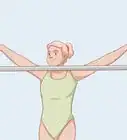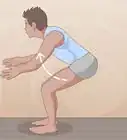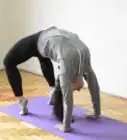This article was co-authored by Joshua Grahlman, PT, DPT, FAFS. Dr. Joshua Grahlman, PT, DPT, FAFS, is the Founder and Chief Athlete Mechanic of Clutch PT + Performance, a private physical therapy clinic specializing in sports and orthopedics in New York City. With more than a decade of experience, Dr. Grahlman specializes in treating acute and chronic pain and injuries, sports performance optimization and post-operative rehabilitation. Dr. Grahlman earned his Doctorate of Physical Therapy (DPT) from Columbia University College of Physicians and Surgeons. He is one of just a few DPTs in New York City recognized as a Fellow in Applied Functional Science through the Gray Institute for Functional Transformation (GIFT). He is certified in Active Release Technique and Spinal Manipulation and is a TRX Suspension Training Specialist. Dr. Grahlman has spent his career treating athletes of all levels, from Ironman Champions and Olympians to marathoner moms. He consults for Triathlete, Men’s Health, My Fitness Pal and CBS News.
There are 7 references cited in this article, which can be found at the bottom of the page.
This article has been viewed 34,018 times.
Balance can be a tricky issue - for everyone from elderly people to athletes. Start with Step 1 below for some simple advice on how to improve your balance - whether you want to walk the balance beam in gymnastics without falling, or just walk up the stairs!
Steps
Exercising to Improve Your Balance
-
1Try weight shifts. The first exercise to begin with when attempting to improve your balance is the weight shift. This is exactly what it sounds like - shifting your weight from one foot to the other.
- Stand with your feet one hip width apart. Try to distribute your weight evenly over both feet.
- Now, shift your weight so that you are balancing on your right foot only and lift your left foot just slightly off the floor.
- Hold this position - balancing on one foot - for as long as you can while remaining steady. Aim to reach 30 seconds.
- Lower your left leg and stand on both feet again. Now repeat the exercise, this time balancing on your left foot.
- Repeat 3 or 4 times on each leg, and practice the exercise everyday until you can easily balance for 30 seconds on each leg.[1]
-
2Try leg lifts. This exercise is the natural progression from the weight shifting exercise.[2] It is performed in the exact same way, except this time:
- When you balance on your right foot, lift your left leg and bend it backwards at the knee. Try to hold for 30 seconds, before repeating on the other leg.[3]
- If you want to make this exercise more challenging, consider balancing on a pillow or thick rug - this provides more of an unstable surface and makes balancing more difficult.
Advertisement -
3Try one-legged bicep curls.[4] For this exercise, you will need a single dumbbell - the weight depends on your own personal preference, but somewhere between 5 and 15 pounds is good for starting off.[5]
- Stand with your feet hip-width apart and hold the dumbbell in your left hand at waist level, with the palm facing upwards.
- Shift your weight onto your left foot and lift your right foot off the ground, bending your leg forwards from the knee.
- Perform a set of 5 - 15 bicep curls, depending on how long you can hold your balance for.
- Repeat with the opposite arm and leg.
-
4Try one-legged shoulder presses.[6] This exercise is similar to the previous one and will also require the use of a dumbbell to perform.
- Stand with your feet hip-width apart and your weight evenly distributed. Hold the dumbbell in your left hand.
- Lift the dumbbell upwards toward the ceiling, until your forearm is perpendicular to the floor.
- Now lift your right foot off the ground and bend your knee backwards. Try to hold this position for 30 seconds without losing your balance.
- Repeat holding the dumbbell in your right hand and balancing on your left leg.
-
5Walk the line. This exercise tests your ability to walk in a straight line without wobbling or losing your balance.[7] If practiced on a daily basis, it can help with your coordination and allow you to improve your balance.[8]
- Find a straight line on the ground. It could be the crack between the tiles in your kitchen, or a painted line in a children's playground. You could even make your own using a length of sticky tape.
- Now try to walk along the line, one front in front of the other, without falling sideways. The first couple of times you can extend your arms out to the sides (like airplane wings) to help you balance.
- Next try doing it it with your arms pinned to your sides. And once you've mastered that, try walking backwards. Finally, try walking along the line with your eyes closed - tricky, but not impossible! [9]
Using the Balance Beam in Gymnastics
-
1Start small. Practice on a low beam, or even a line on the floor until you feel confident; falling from a great height can hurt badly.[10]
-
2Use your arms. If you're on a high balance beam and feel like you're about to fall, just jump off, it's better to be safe then sorry when you're on a balance beam.[11]
-
3Concentrate. Before you get up on a balance beam or tightrope, let your mind flow and concentrate on balancing by repeating "balance" in your head. Good concentration will lead to fewer falls.
-
4Give yourself a soft landing. Always place a mat or something squishy under you, just in case you do fall.
-
5Point your toes. Pointing your toes is a wonderful way for you to not fall, because it stiffens your calf muscles as you walk on the beam.
Expert Q&A
Did you know you can get expert answers for this article?
Unlock expert answers by supporting wikiHow
-
QuestionWhat exercises increase balance?
 Joshua Grahlman, PT, DPT, FAFSDr. Joshua Grahlman, PT, DPT, FAFS, is the Founder and Chief Athlete Mechanic of Clutch PT + Performance, a private physical therapy clinic specializing in sports and orthopedics in New York City. With more than a decade of experience, Dr. Grahlman specializes in treating acute and chronic pain and injuries, sports performance optimization and post-operative rehabilitation. Dr. Grahlman earned his Doctorate of Physical Therapy (DPT) from Columbia University College of Physicians and Surgeons. He is one of just a few DPTs in New York City recognized as a Fellow in Applied Functional Science through the Gray Institute for Functional Transformation (GIFT). He is certified in Active Release Technique and Spinal Manipulation and is a TRX Suspension Training Specialist. Dr. Grahlman has spent his career treating athletes of all levels, from Ironman Champions and Olympians to marathoner moms. He consults for Triathlete, Men’s Health, My Fitness Pal and CBS News.
Joshua Grahlman, PT, DPT, FAFSDr. Joshua Grahlman, PT, DPT, FAFS, is the Founder and Chief Athlete Mechanic of Clutch PT + Performance, a private physical therapy clinic specializing in sports and orthopedics in New York City. With more than a decade of experience, Dr. Grahlman specializes in treating acute and chronic pain and injuries, sports performance optimization and post-operative rehabilitation. Dr. Grahlman earned his Doctorate of Physical Therapy (DPT) from Columbia University College of Physicians and Surgeons. He is one of just a few DPTs in New York City recognized as a Fellow in Applied Functional Science through the Gray Institute for Functional Transformation (GIFT). He is certified in Active Release Technique and Spinal Manipulation and is a TRX Suspension Training Specialist. Dr. Grahlman has spent his career treating athletes of all levels, from Ironman Champions and Olympians to marathoner moms. He consults for Triathlete, Men’s Health, My Fitness Pal and CBS News.
Physical Therapist & Entrepreneur Single leg stance is the best thing you can do to practice or regain balance. Try standing on one leg while you brush your teeth or wash your face in the morning. You can also try tandem stance, which involves standing with one foot in front of the other, heel to toe. Exercises like that constantly work your control and stability. If you'd like to make them harder, close your eyes.
Single leg stance is the best thing you can do to practice or regain balance. Try standing on one leg while you brush your teeth or wash your face in the morning. You can also try tandem stance, which involves standing with one foot in front of the other, heel to toe. Exercises like that constantly work your control and stability. If you'd like to make them harder, close your eyes.
Warnings
- Falling could lead to serious injury.⧼thumbs_response⧽
References
- ↑ http://www.mayoclinic.org/balance-exercises/SLS-20076853?s=1
- ↑ https://www.prevention.com/fitness/a20443104/6-ways-to-improve-your-balance/
- ↑ Joshua Grahlman, PT, DPT, FAFS. Physical Therapist & Entrepreneur. Expert Interview. 8 September 2020.
- ↑ Joshua Grahlman, PT, DPT, FAFS. Physical Therapist & Entrepreneur. Expert Interview. 8 September 2020.
- ↑ https://www.mayoclinic.org/healthy-lifestyle/fitness/multimedia/balance-exercises/sls-20076853?s=4
- ↑ Joshua Grahlman, PT, DPT, FAFS. Physical Therapist & Entrepreneur. Expert Interview. 8 September 2020.
- ↑ https://www.prevention.com/fitness/a20443104/6-ways-to-improve-your-balance/
- ↑ Joshua Grahlman, PT, DPT, FAFS. Physical Therapist & Entrepreneur. Expert Interview. 8 September 2020.
- ↑ http://health.usnews.com/health-news/diet-fitness/articles/2009/04/10/how-to-prevent-falls-by-improving-your-balance?page=2
About This Article
To improve your balance, first stand with your feet hip-width apart. Then, shift your weight so you’re standing on your right foot with your left leg lifted and bent backward at the knee. Next, switch sides to balance on your left foot. Try to repeat these leg lifts 3-4 times every day. When you can easily balance for 30 seconds at a time, grab a hand weight and add a bicep curl by standing on your left foot, lifting your right leg with it bent forward from your knee, and doing a set of curls with your left arm. Repeat with the opposite arm and leg to finish up. To learn how to do a one-legged shoulder press to improve your balance, scroll down!
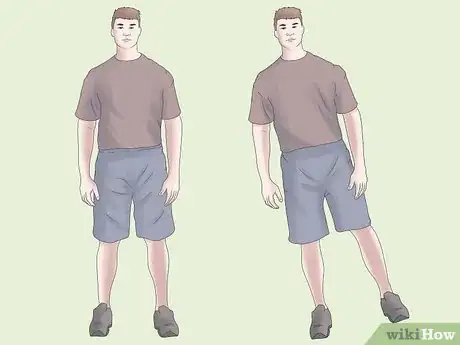
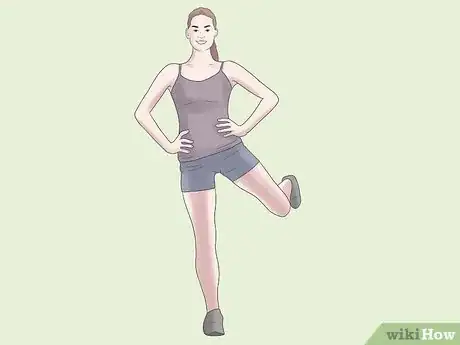

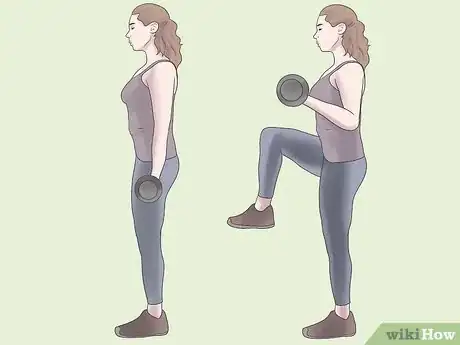
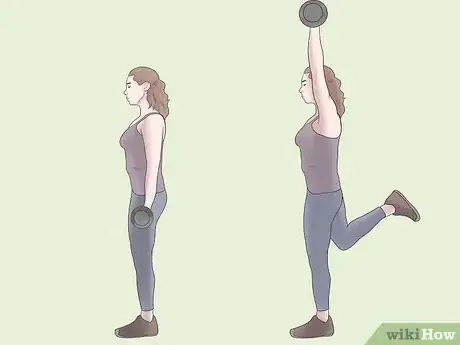
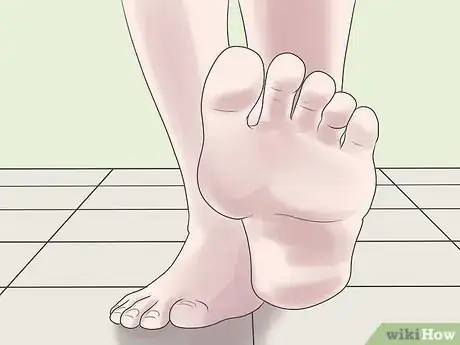
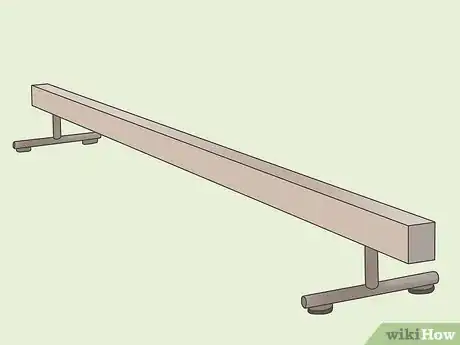
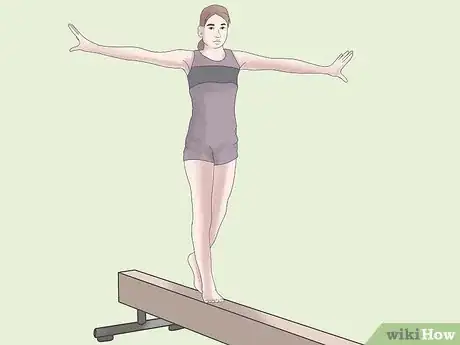
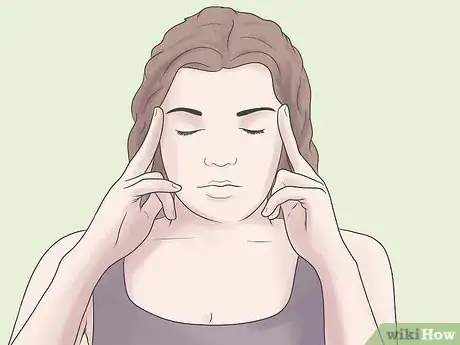
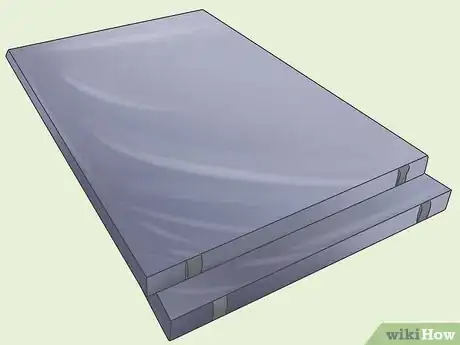


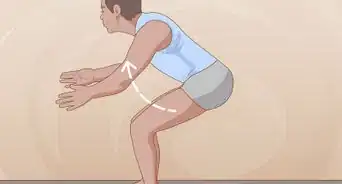

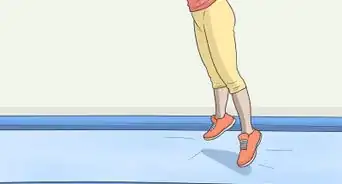

-Step-6-Version-4.webp)



